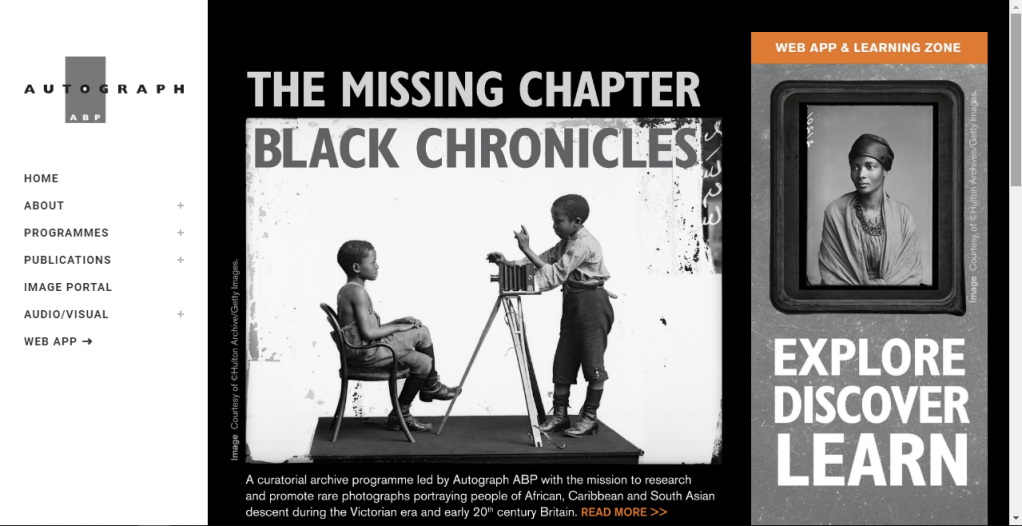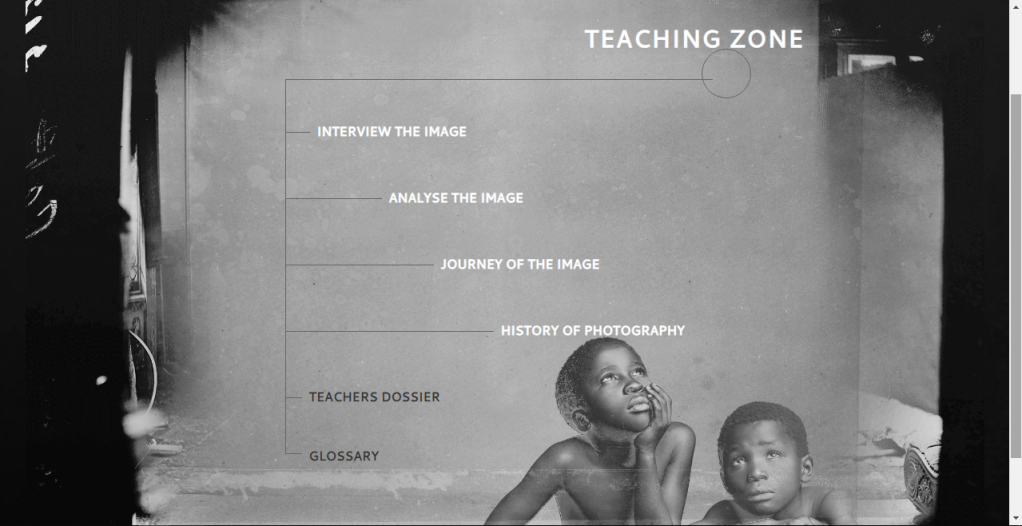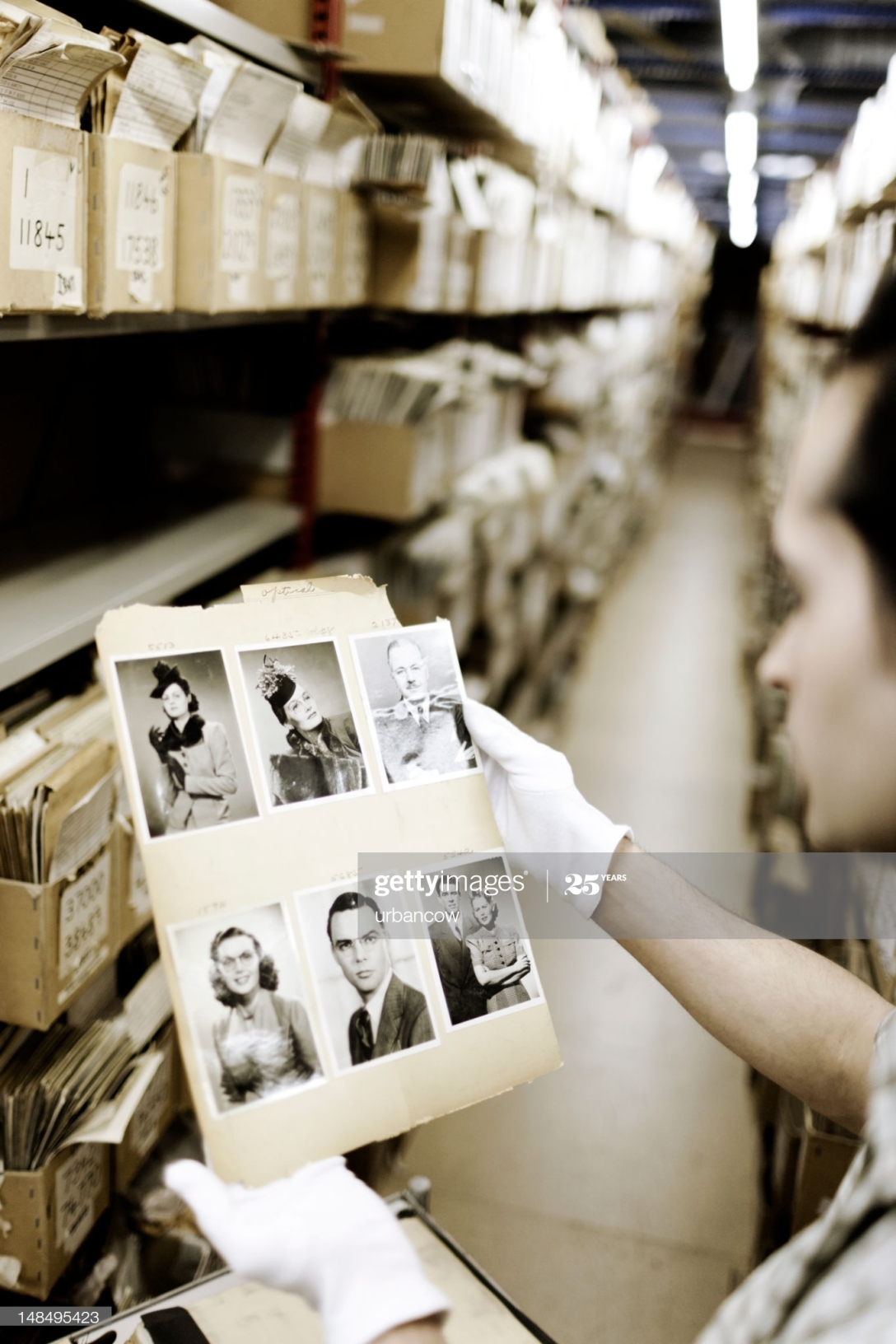Tools & Technology in Art Education
The first lecture of tools and technologies in art was about the museums, archives and exhibitions in terms of introduction of new technology in enhancing and amplifying the aura of that space. The use of new technology is the need of current scenario i.e. Covid19. It helps to open a new discourse with the audience as well as maintaining the social distance.
The discussion about the local museums such as Faqeer khana museum, National history museum, Lahore museum, Army museum, Iqbal museum, and shakir ali museum was very prolific. However the need of making them more interactive is still there. Most of the museums have a great source of knowledge but the way of presentation is very outmoded and absurd to some extent. In many traditional museums even the 3D sculptures is viewed in 2D view because mostly they are showcased. Their presentation is not interactive. It is not possible to have a feel of that sculpture and its glorification when it was once mounted to its actual place. If there is comparison with Lourve in Paris or British museum London; they are keeping the artifacts in a much secure level and the transfer of knowledge is more interactive. Virtual tours are arranged and virtual reality is being worked on. Here is a link to a three-dimensional presentation of an interesting sculpture which might not be possible otherwise without the use of technology.
So it won’t be a mistake to say that future is 360 VR. However in some of museums new technology is being employed as well. In Chitral museum work of 360 VR is in process. National history museum is also being established on the concept of viewers interaction.
https://petitegalerie.louvre.fr/visite-virtuelle/saison5/
In archives the need of technology is very essential. Archives are less accessible than museum artifacts if there is a comparison. However if the technology is employed and the accessibility of archival material is made easy the resources for researchers will be manifold.
One of such archrivals is hulton archives. This is collection of historical photographs based on colonial period. From Africa, south asia, and Caribbean many people were brought for the purpose of work in United Kingdom. These photographs were in the form of glass plate negatives which were later developed. It compasses Political movements of the 1930s and Pop culture of the 1960s as well during which the term modernism and expressionism was evolved. There are from historical images created in the early 1800 century to more contemporary imagery in 1990s. Tthe Hulton Archive collection offers a big resource of socially significant, historical stock photos, editorial shots and much more. The collection of hulton archives can be accessed on getty images. The link for this resource is as under. It also offers engravings, etchings, lithographs, illustrations and other art work. These date back to the advent of early printed media.

https://www.gettyimages.com/collections/hulton-archive
Similarly the missing chapter is an historic archival of descendants from South Asia, Africa and Caribbean. Basically people from these regions were brought to work in United Kingdom. Photographs were taken but were never collected back. These glass plate negatives were developed to exhibit a diverse range of portraits and social interactions. The first critically acclaimed exhibition “Black Chronicles II” was launched in collaboration with the division of getty images i.e. Hulton archives. It covers the photographs from the Victorian and Edwardian period mostly. It shows a great variety of African culture and living.

Another use of technology which can be seen at the platform of “The missing chapter” is the use of darkroom photography developing. It gives the feel of being in a darkroom and watching an impression developing in a photo tray. Digital form of stereoscopes which were very common during 80’s is also very interesting.

another interesting feature that autograph is offering for academic resources is the research on image. it allows multiple inquiries on imagery.

It allows the complete context of the photograph to be analyzed. It gives the liberty to establish relationship between characters, what they look like and what context could be possible.

